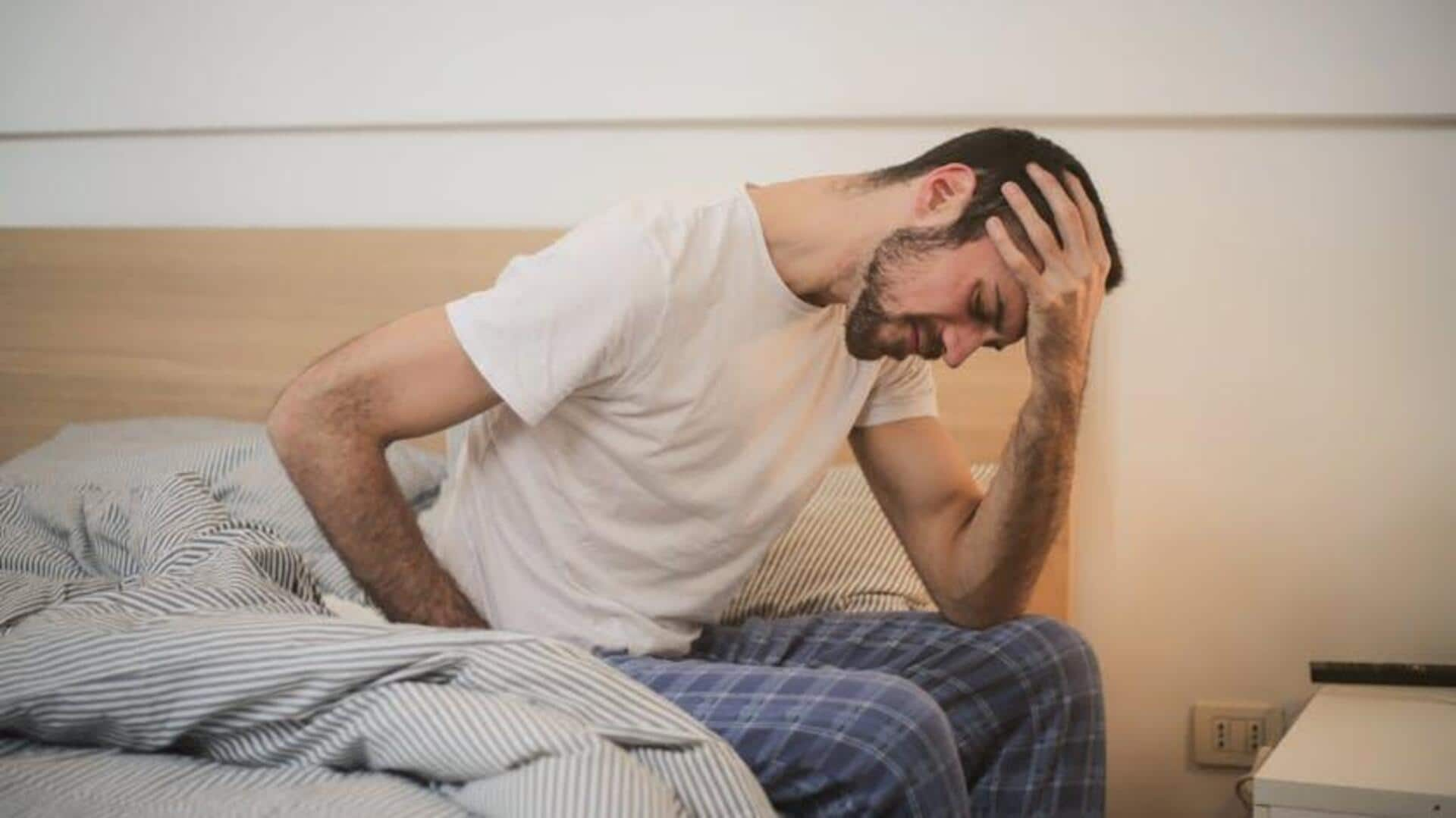
Soothe migraine naturally with these quick remedies
What's the story
If you've ever had a migraine, you know how debilitating it can be, affecting daily life and productivity. Most of us look for natural ways to alleviate the symptoms without turning to medication. Two practical methods are using cold compresses and resting in quiet rooms. Here's how they can help bring down pain and discomfort associated with migraines.
Cold compress
Using cold compresses for relief
Applying a cold compress on the forehead or neck can give you great relief from migraine pain. The cold temperature constricts blood vessels, reducing inflammation and numbing the area. This can lessen the severity of the headache. Use a cloth-wrapped ice pack or a bag of frozen vegetables for 15 minutes at a time. This is simple, cheap, and easily available for most people.
Dark Room
Benefits of dark rooms
Resting in a dark room is another effective way to alleviate migraine symptoms. Bright lights are known triggers for a lot of migraine sufferers, so minimizing light exposure can reduce the discomfort. A dark room provides an environment that reduces sensory input, allowing the body to relax and recover more efficiently from an ongoing migraine attack.
Combined approach
Combining techniques for better results
Combining both cold compresses and resting in quiet rooms may provide greater relief from migraines. While each method, on its own, targets different aspects of migraine symptoms, together they provide a holistic approach. This approach targets both physical pain through temperature control and environmental triggers through light reduction.
Practical tips
Practical tips for implementation
To use these techniques effectively, make sure you have easy access to ice packs or similar items at home or work. Make a designated space where you can rest undisturbed during an attack; this can be as simple as drawing curtains in your bedroom or office space when needed. Regular practice of these methods may help reduce frequency or severity over time without solely relying on medication interventions.